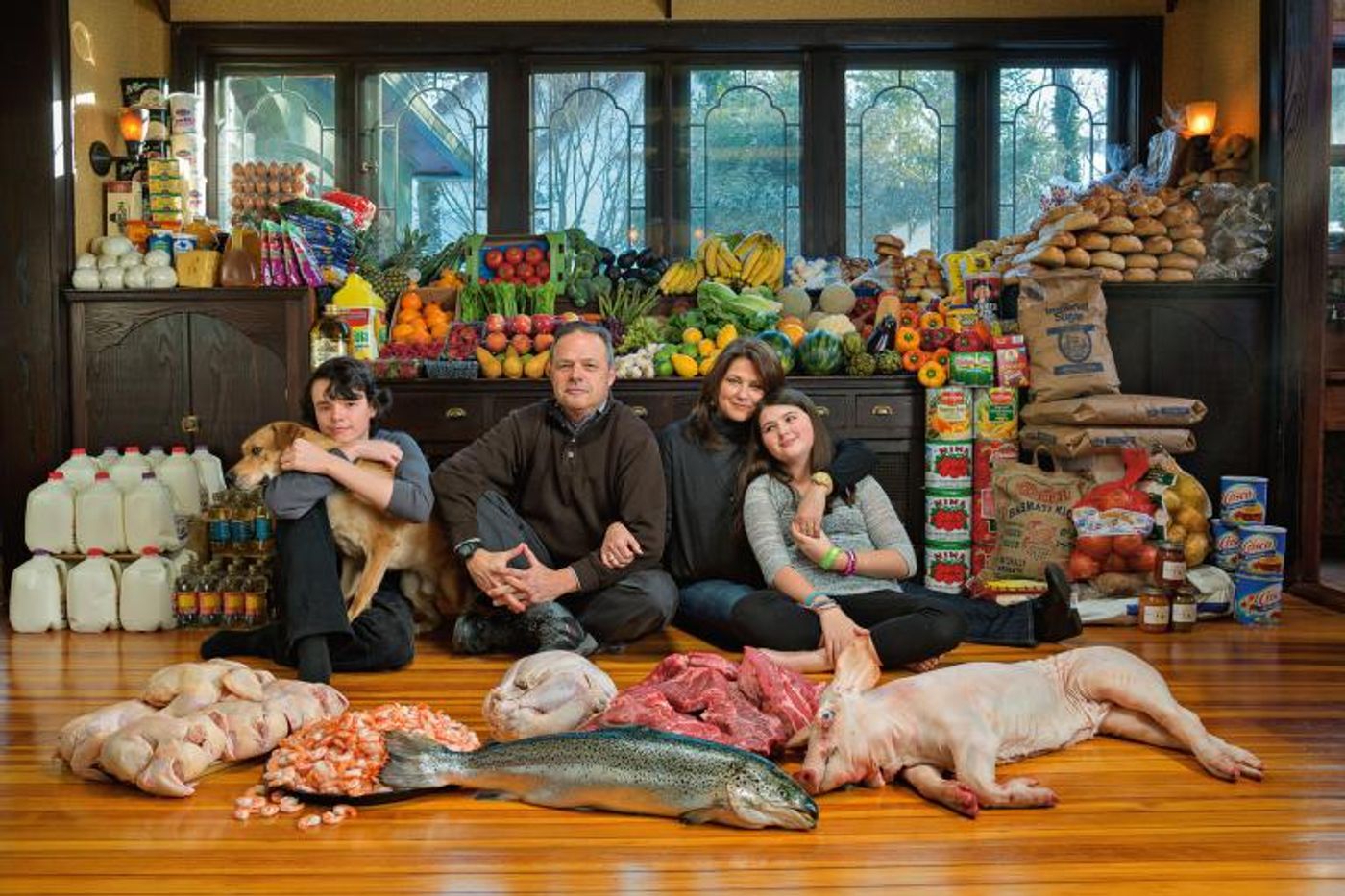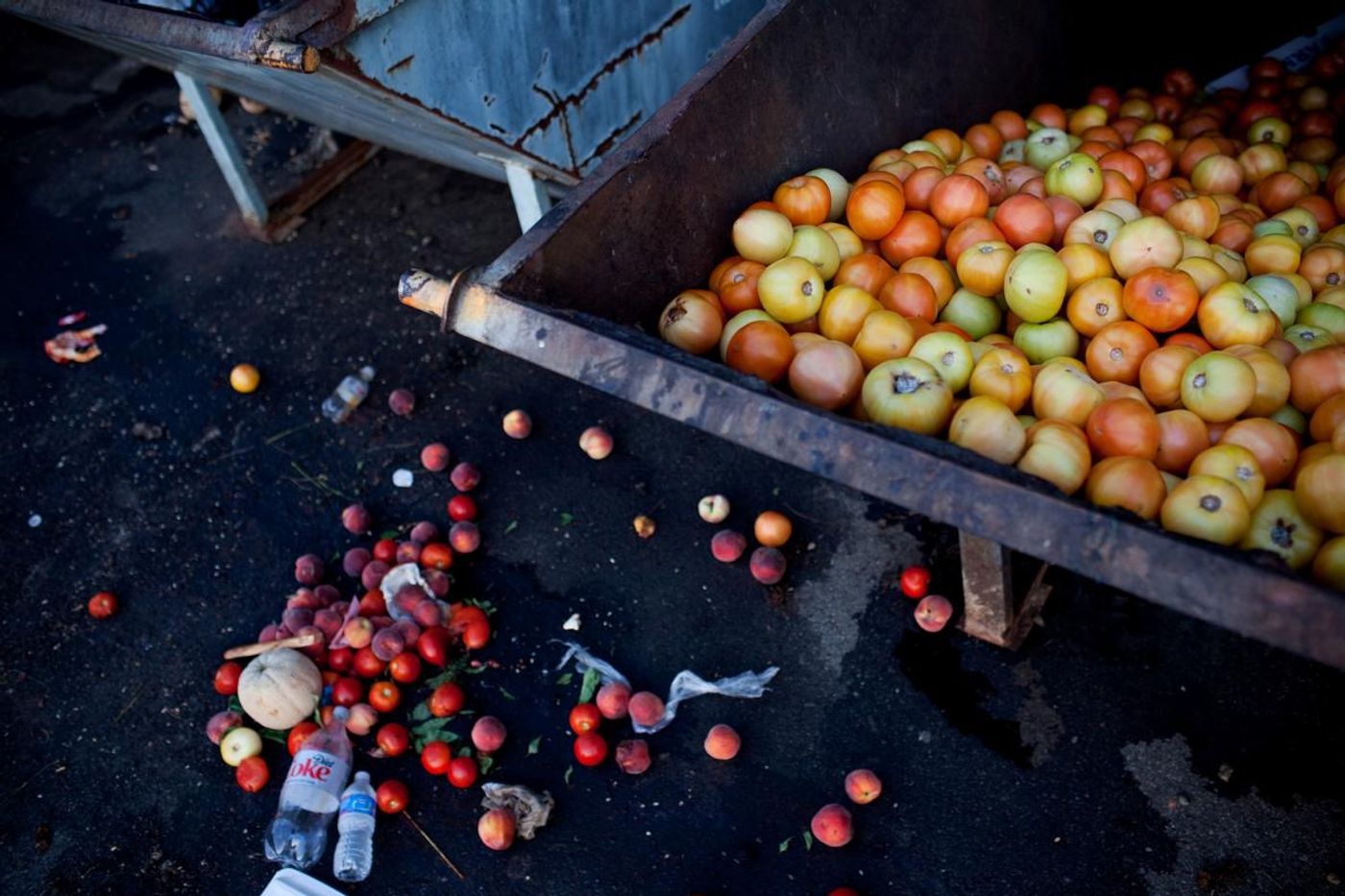My mom likes to tell the story of how when she was little she once sent a package of noodles to India. Not like a nice, wrapped, uncooked and potentially usable package. No. She felt bad about not eating her entire dinner, and so she put the leftover pasta, spaghetti sauce and all, into a plastic bag, put the bag in an envelope, wrote “INDIA” on the envelope, and put it in the mail.
Although this story is ridiculous (and yes, mom, it does make for a good laugh), the irony of it is that despite our ever-evolving technology in logistics and transportation, this food distribution problem still greatly plagues our planet. But what exactly does this problem mean for the environment and global food security? Let’s break it down.
According to a
new study from the University of Potsdam in Germany, led by a team of researchers investigating consumer level food waste on a country and global scale, in the year 2010, food availability was 20% higher than was required on a global scale. In other words, 20% more food was being produced than we actually needed to feed everyone. The study estimates that that global surplus of food could have been used to feed an extra 1.4
billion people. That’s almost double the approximate 800 million people who are undernourished!
Meanwhile, “the UN’s Food and Agriculture Organization reported that, in 2007, the emissions required to produce all the food that went to waste in the world amounted to at least 3.3 billion tons of carbon dioxide equivalent, more than most countries emitted. This estimate included all the emissions required to produce the uneaten food, including emissions from soil, livestock and the energy required to run a farm,” explains an article in
The Washington Post.
Here are the nitty gritty numbers from the Potsdam team: within the last 50 years, the global food requirement changed from 2,300 kcal/cap/day to 2,400 kcal/cap/day. That’s a mere 100 kilocalories more a day per person (just add an extra banana!). However, to put this into perspective, during this time, food surplus grew from 310 kcal/cap/day to 510 kcal/cap/day. Meaning that each person is accountable for a surplus of 510 kcal - or say two slices of uneaten pepperoni pizza. There was also an increase in greenhouse gas emissions from 130 Mt CO2eq/yr to 530 Mt CO2eq/yr - numbers which are confusing but amount to an increase of more than 300% within the last 50 years. That means we’re spending more GHG to make an even bigger surplus of food that we’re still not eating. And unfortunately the models from the study don’t look promising for the future, predicting that the global food surplus may increase up to 850 kcal/cap/day, while the total food requirement will increase only by 2%–20% by 2050 (think
a lot of uneaten bananas and pizza slices).
So what can we do to combat this?
“One of the best outcomes would be getting consumers to make better decisions and have less waste at the household level and have supply chains adjust to that and redistribute that food earlier in the chain,” says Emily Broad Leib, an assistant clinical professor of law and director of the Harvard Food Law and Policy Clinic. And this will be necessary, too, in order to meet the global sustainability goals set by the U.N., which aims to cut food waste in half by 2030.
This might just be one of those grassroots movements, where each person doing her or his own part can truly make a difference. Keep this in mind next time you choose your portion sizes, and share the idea with others!
Sources:
The Washington Post,
ACS Publications










